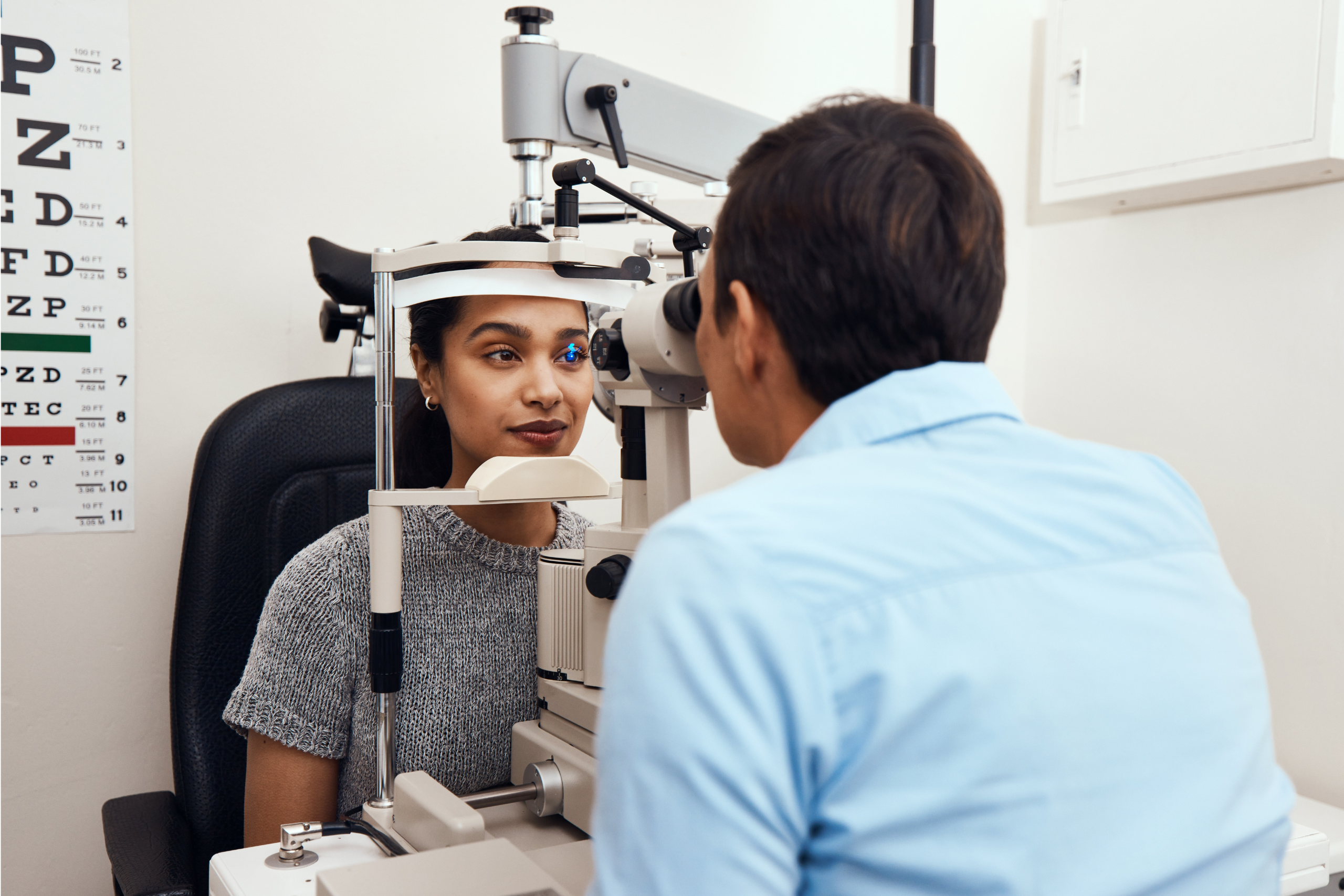Eye exams are not only for vision correction. During your visit to an optometrist or ophthalmologist, the internal structures of your eyes will be examined to check for eye defects and signs of diseases affecting other parts of the body.
Catching these issues early can help protect your eyesight and ensure good overall health.
What Diseases Can Be Detected in Eye Exams
Your eyes contain tissues, nerves, and blood vessels, which can reveal early signs of health problems throughout the body. An eye exam allows doctors to detect indicators linked to conditions such as the following.
Diabetes
High blood sugar can damage the small blood vessels in the retina, causing bleeding, swelling in the central retina, and cataracts. In fact, many people learn they have diabetes when their eye doctor notices these changes during an exam.
Regular eye exams are especially important for diabetics, as the disease can cause diabetic retinopathy, a condition that can lead to blindness if not managed. One of the most common tests is retinal imaging, which provides detailed digital images of the surface of the retina. Retinal imaging exams are now offered at Jai Medical Systems’ participating provider, Jai Medical Center.
Hypertension
High blood pressure is a highly prevalent disease in the country, affecting about half of the adult population. The condition can affect your eyes, causing problems like thinning blood vessels, tiny spots of bleeding, and swelling of the optic nerve. Since these changes often appear before other symptoms develop, eye doctors are sometimes the first to detect high blood pressure.
Cardiovascular Disease
Conditions like heart disease can leave warning signs such as blocked blood vessels, tiny cholesterol deposits in the eye arteries, and yellowish deposits in the cornea.
Certain Cancers
Although formal cancer screening requires specialized tests, eye exams can reveal signs of certain types of cancers. Leukemia, for example, may present as retinal bleeding or swelling of the optic nerve. Other cancers, such as melanoma, lung cancer, breast cancer, and multiple myeloma, may trigger changes such as abnormal pigmentation or unusual growths that an eye doctor may detect during an exam.
Glaucoma
Being an eye disease, glaucoma can be easily detected during an eye exam. As glaucoma develops, it causes significant changes in the structure of the eye. These include thinning tissues around the optical nerve, blind spots in peripheral vision, and an increase in fluid pressure inside the eyes.
Cataracts
If you have cataracts, your doctor may see the signs during a microscopic exam. Symptoms often include cloudy or yellow areas in the lens of the eye, hardening of the central part of the lens, and absence of the normal red glow that comes from the retina when you shine light on it.
Macular Degeneration
This is arguably one of the most common causes of vision loss among the elderly. It primarily affects the macula, which is a small, central part of the retina responsible for sharp vision. The condition causes blurry or distorted central vision, while peripheral vision usually remains intact. An eye exam can detect signs like yellow deposits under the retina, thinning of macular tissue, and the presence of fluid or swelling in the macula.
How Often Should You Get an Eye Exam?
The American Optometric Association (AOA) recommends yearly eye exams for all adults, even those without eye problems. This helps detect vision issues and underlying health conditions such as diabetes, hypertension, or high cholesterol. Early detection through regular eye exams makes it possible to begin treatment right away, helping to protect your vision and prevent more serious health problems down the road.
At Jai Medical Systems, we are committed to providing high-quality healthcare benefits and services to the people of Maryland, including annual eye exams. Contact us today to find a provider and schedule your annual eye exam.
 Did you know that your IE browser is outdated?
Did you know that your IE browser is outdated?






